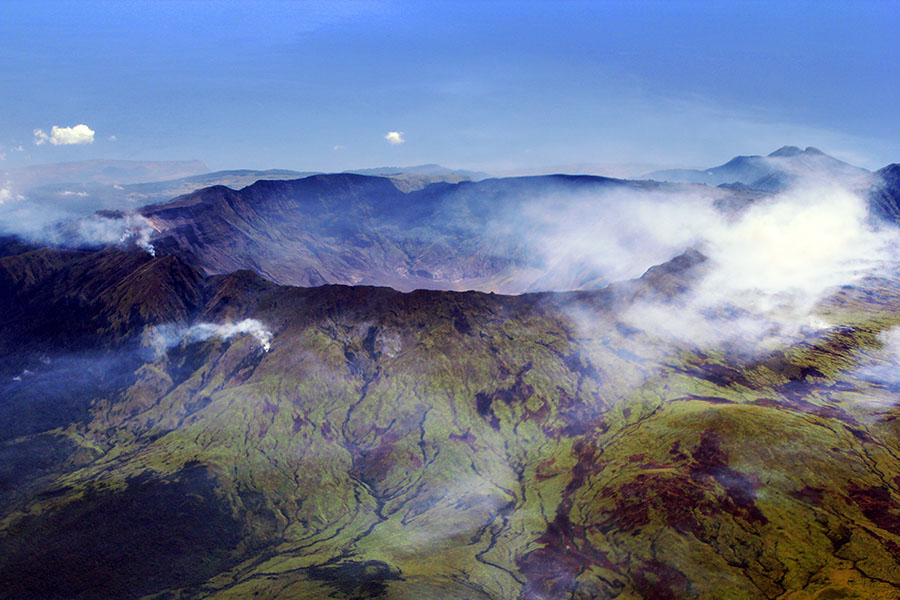Climatologists know that volcanic eruptions can emit sulfuric acid droplets that rise high in the sky and reflect sunlight back to space before it ever reaches the earth’s surface. This causes cooling which can last for up to several years, if the eruption is big. The last really big one we have had is Mt. Pinatubo in 1992, which caused cooling for several years afterwards. We know of others like Krakatoa in 1883 and Tambora in 1815, which caused similar cooling according to the records available at the times they erupted. And I know when the next big volcanic eruption occurs, I will be warning my farmers to expect several years of cooler than normal temperatures and potential late frosts.
This story in Science magazine talks about how one large Arctic eruption in 43 B.C. may have helped initiated the end of the Roman Republic, which was replaced by the Roman Empire we probably know better. Like many slow-moving disasters, there is never just one cause of a terrible outcome, and there were many other things happening at the same time that affected this transition, but weather and climate extremes can certainly help tip the scales. You can read the story here.
